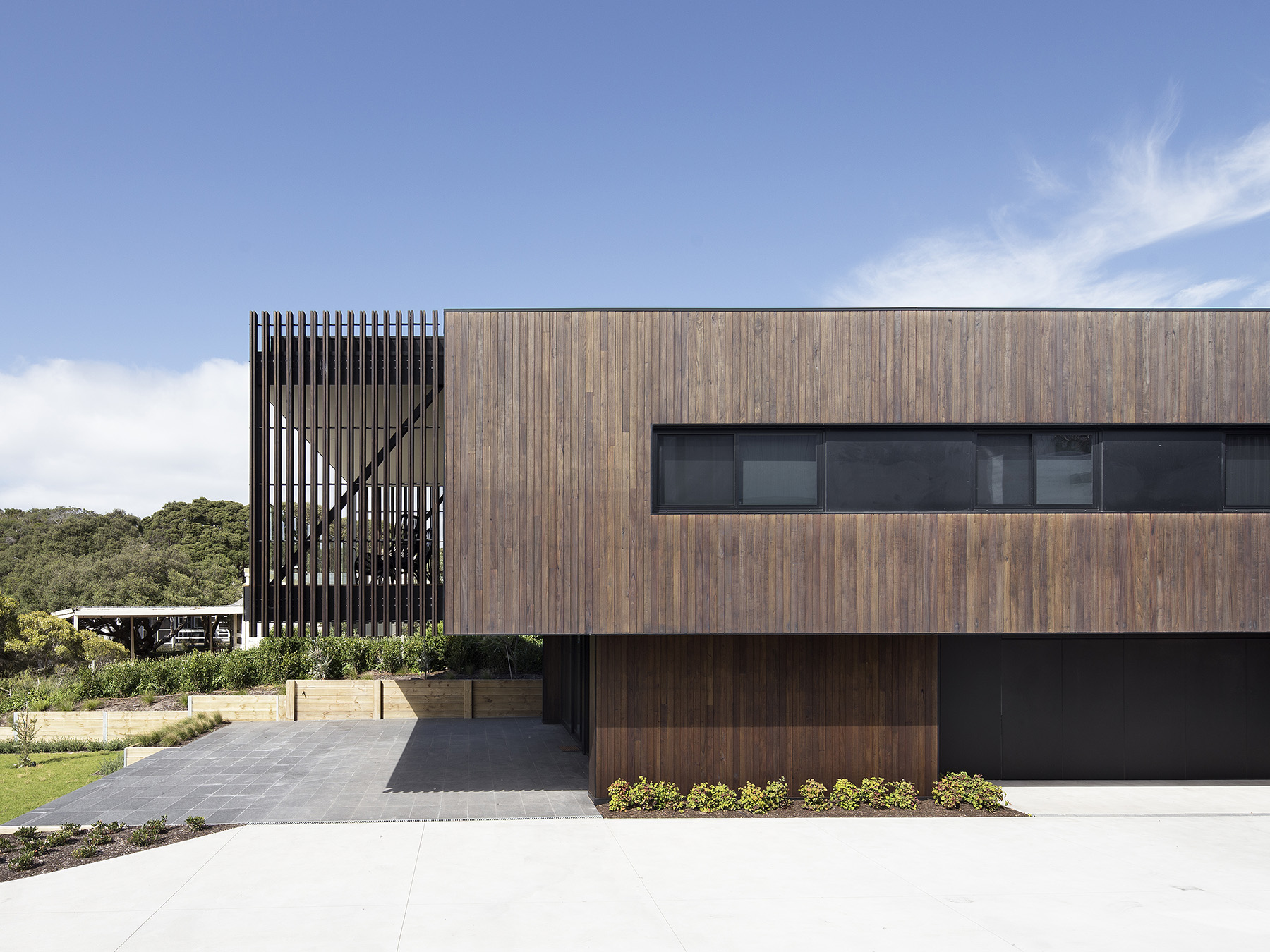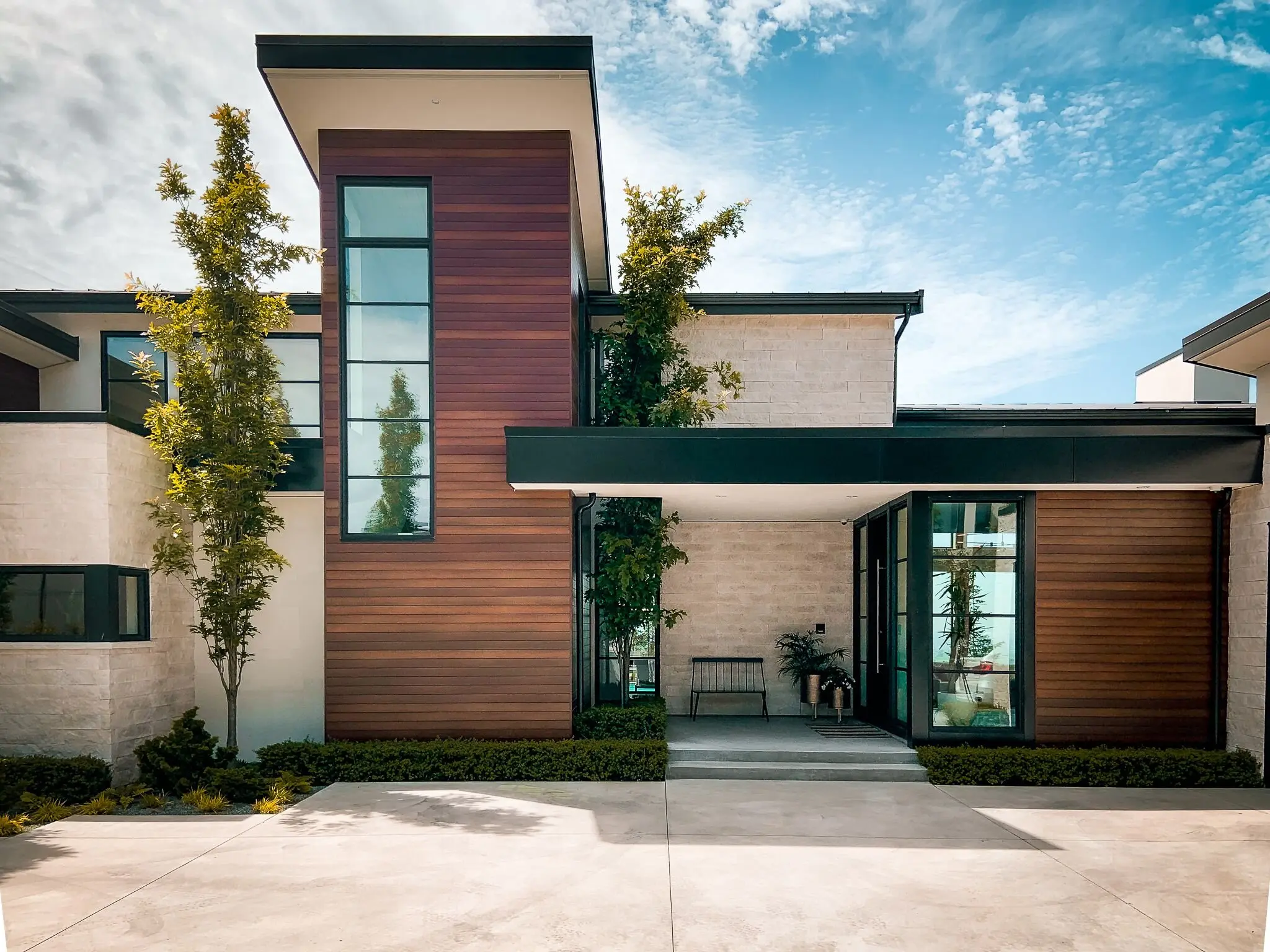Top Fads in Residential Style You Ought To Understand About
As domestic design remains to progress, a number of engaging trends are forming the way we make and occupy our space. Secret developments such as sustainable structure techniques, the combination of wise home technology, and the surge of modular homes underscore a substantial shift towards both performance and ecological responsibility. In addition, principles like open plan living and biophilic design are redefining our interaction with room and nature. Understanding these patterns not just notifies design selections but additionally discloses more comprehensive implications for way of life and area - residential house architect. What might these developments mean for the future of household living?
Sustainable Building Practices
An enhancing variety of domestic tasks are welcoming lasting structure methods, driven by an expanding understanding of ecological effect and energy performance. This change is characterized by the integration of green materials, energy-efficient styles, and innovative building and construction methods. Home owners and builders are progressively focusing on using renewable energies, such as bamboo and recycled metals, which not only reduce the carbon impact but also improve the resilience and aesthetic appeal of properties.
Incorporating energy-efficient systems is one more crucial element of lasting structure - residential house architect. Features such as high-performance insulation, energy-efficient windows, and photovoltaic panels are ending up being requirement in new household designs. These elements not only contribute to reduced energy intake but likewise supply significant long-lasting financial savings for house owners
In addition, the design of sustainable homes usually emphasizes natural light and ventilation, reducing the reliance on man-made lights and climate control systems. Landscape design techniques, such as xeriscaping, further advertise sustainability by decreasing water use.
As the demand for lasting living solutions continues to rise, the property architecture sector is poised to innovate and adapt, guaranteeing that future homes are not only ecologically liable yet also comfy and useful for their occupants. - residential house architect
Smart Home Modern Technology
Smart home technology is reinventing the way property owners interact with their home, boosting ease, safety, and energy monitoring. This innovative approach integrates various gadgets and systems, allowing customers to regulate their homes from another location or via automated procedures. Central to this pattern is the use of smart devices such as thermostats, lights, safety and security cameras, and appliances, all connected using the Web of Points (IoT)
Among one of the most appealing functions of clever home modern technology is the capacity to tailor setups for optimal energy efficiency. Property owners can check energy use and change air conditioning, illumination, and heating based upon their regimens, substantially decreasing utility expenses. In addition, sophisticated safety and security systems outfitted with clever locks and security cams offer tranquility of mind, enabling remote tracking and alerts to possible safety breaches.
Assimilation with voice-activated aides boosts customer experience, enabling home owners to manage tools with straightforward voice commands. As technology proceeds to advance, the capacity for smart home systems to enhance quality of life expands, making them an essential consideration in contemporary domestic style. Ultimately, smart home technology is not just a trend however a basic shift toward much more smart living settings.
Open Principle Living
Open principle living has become a specifying function in modern domestic design, identified by the removal of traditional obstacles in between spaces. This layout approach promotes fluidity and connectivity within the home, permitting a seamless transition between areas such as the kitchen area, dining, and living spaces. By eliminating dividers and wall surfaces, open idea formats develop a feeling of space, cultivating a welcoming atmosphere that enhances social interaction.

Additionally, this approach to residential layout aligns with minimalism, concentrating on practical simplicity and visual coherence. Home owners appreciate the convenience of these layouts, which can be quickly adapted to mirror personal style with furnishings setup and design. As open principle living continues to get grip, it continues to be a testament to progressing family members dynamics and the desire for homes that boost connection and convenience.
Biophilic Layout
Biophilic design has ended up being progressively substantial in residential design, emphasizing the inherent connection in between human beings and nature. This design approach seeks to integrate natural aspects right into living spaces, consequently fostering a feeling of well-being and enhancing the high quality of life for owners. By including attributes such as all-natural light, plant life, and organic materials, biophilic style promotes a harmonious connection between interior settings and the environment.
Secret aspects of biophilic style include large home windows that offer unhampered sights of outside landscapes, living walls that introduce greenery right into insides, and open flooring plans that encourage air movement and natural light penetration. Water functions, both inside and outside the home, serve to create comforting ambiences and boost sensory experiences.
Furthermore, making use of sustainable materials not only supports environmental stewardship however likewise adds to healthier indoor air top quality. As recognition of ecological problems rises, homeowners are increasingly focusing on styles that reflect their connection to nature. In essence, biophilic design not just raises aesthetic charm yet additionally addresses psychological and mental demands, making it an essential pattern in contemporary residential style.
Modular and Prefab Homes

Furthermore, modular and prefab homes are developed with sustainability in mind. Lots of producers use energy-efficient systems and environmentally friendly materials, such as Full Report photovoltaic panels and progressed insulation strategies, adding to decreased power intake and reduced utility bills for house owners. The versatility of style alternatives enables modification, dealing with diverse useful demands and aesthetic preferences.
As the need for inexpensive housing continues to rise, modular and prefab homes offer a sensible option, dealing with both economic and environmental obstacles. Neighborhoods are increasingly recognizing the potential of these frameworks, integrating them Continue into rural and urban setups. In general, the trend towards prefab and modular homes represents a change toward much more sustainable, reliable, and versatile living atmospheres, making them a critical facet of contemporary household design.
Conclusion
Sustainable structure techniques and clever home modern technologies boost performance and comfort, while open idea living and biophilic style foster social communication and a link to nature. The surge of prefab and modular homes supplies personalized and inexpensive options, reflecting a broader shift in the direction of useful and liable living.
Key advancements such as lasting building techniques, the assimilation of clever home innovation, and the increase of modular homes highlight a significant change towards both performance and ecological responsibility.The surge of prefab and modular homes has changed the domestic style landscape, offering innovative solutions for reliable and sustainable living.In addition, prefab and modular homes are developed with sustainability in mind. Overall, the fad toward modular and prefab homes symbolizes a change toward more lasting, effective, and adaptable living settings, making them a critical element of modern domestic style.
Sustainable building methods and clever home technologies enhance efficiency and ease, while open principle living and biophilic design foster social interaction and a connection to nature.